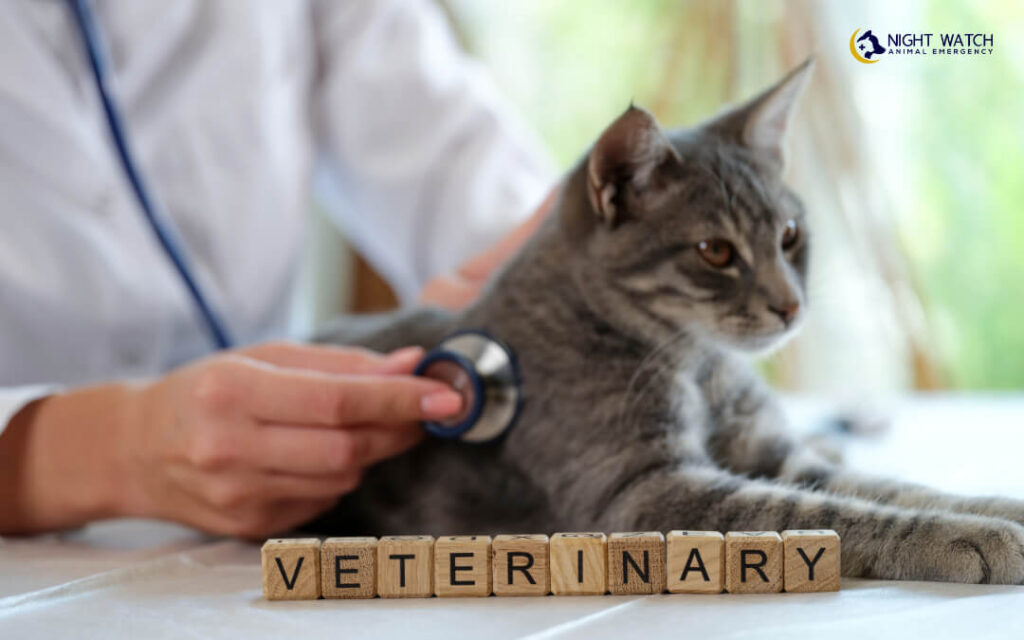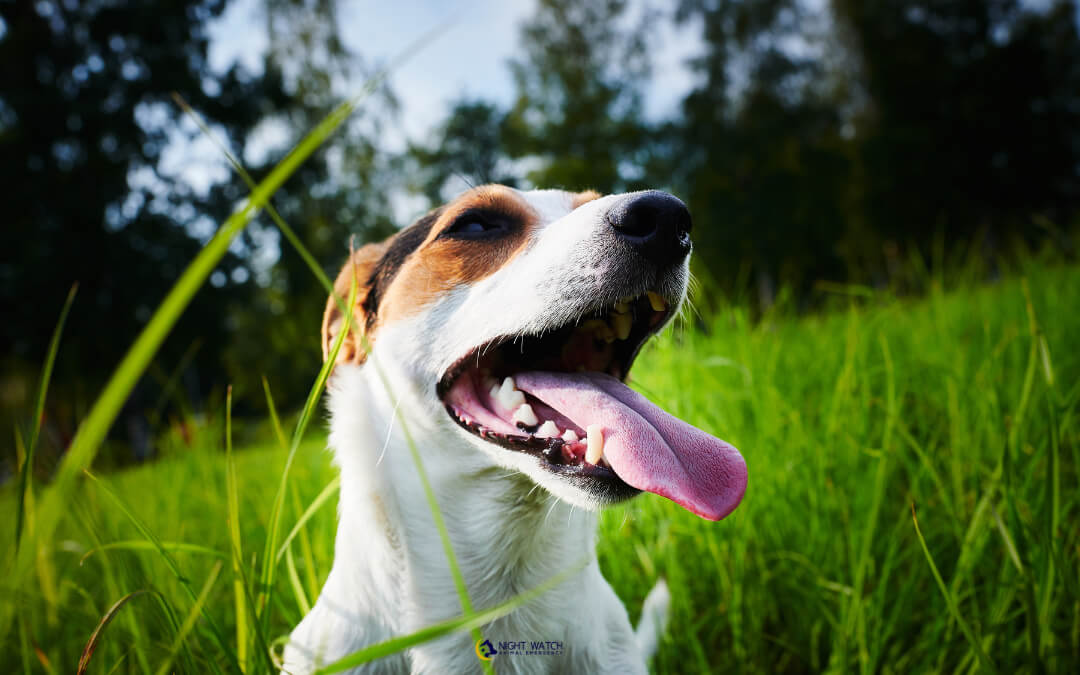Noticing your pet breathing faster than usual can be unsettling. Rapid breathing, also called tachypnea, means your pet is taking more breaths per minute than normal. It could be something minor or a sign of a medical problem. Understanding why your pet breathes rapidly helps you decide when a veterinary surgeon in San Antonio or your local vet should be contacted.
Pets can’t tell us when they feel unwell, so paying attention to their breathing patterns is essential. Quick breathing might point to heat, stress, or serious health issues. This blog explains common causes, how to check your pet’s breathing, signs that need urgent care, and ways to prevent breathing problems.
Common Causes of Rapid Breathing in Pets
Rapid breathing in pets shows up for different reasons. Some causes are temporary and mild, while others require immediate medical help. Here are the main causes:
- Stress, anxiety, or excitement
- Heat or overheating, including heatstroke
- Pain or physical exertion
- Respiratory infections or illnesses
- Heart disease
- Allergic reactions
- Trauma or injury
The cause will affect how serious the situation is. Knowing the differences helps protect your pet’s respiratory issues and overall health.
Stress, Anxiety, and Environmental Factors
Stress and anxiety cause your pet to breathe faster, often in response to loud noises, new places, or separation. Excitement during play or greeting can also speed up breathing temporarily. This quick breathing usually settles down once the pet calms.
Hot environments raise body temperature, forcing pets to pant or breathe rapidly to cool down. Heatstroke happens if body heat rises too high. Overheating is dangerous and needs fast cooling and veterinary help.
To reduce stress, keep your pet in quiet spaces during storms or fireworks. Avoid long outdoor activity on hot days and offer cool water often. Creating a calm, temperature-controlled environment helps prevent rapid breathing caused by these factors.
Medical Conditions and Illnesses
Some health problems cause fast breathing by affecting the lungs, heart, or airways. Watch out for these issues:
- Respiratory infections and pneumonia often come with coughing, nasal discharge, and tiredness.
- Asthma or chronic bronchitis can make breathing noisy or labored.
- Heart disease reduces oxygen circulation, causing rapid or shallow breathing.
- Allergic reactions may cause swelling, difficulty breathing, or sudden coughing.
Along with fast breathing, look for symptoms like blue or pale gums, weakness, or collapse. These are serious signs that need prompt veterinary care.
How to Assess Your Pet’s Breathing and When to Consult a Vet

Knowing how to measure your pet’s breathing helps you detect problems early. Normal rates differ between cats and dogs but are fairly consistent within each species.
- Normal breathing rate: 15 to 30 breaths per minute for dogs, 20 to 30 for cats.
- Rapid breathing means a rate above these ranges at rest.
Steps to Observe and Measure Rapid Breathing
Follow these simple steps to check your pet:
- Count breaths: Watch your pet’s chest or side for one full breath cycle (inhale and exhale). Count how many times this happens in 60 seconds.
- Look for labored breathing: Is your pet opening its mouth to breathe when not hot or tired? Sounds like wheezing, coughing, or gagging?
- Note behaviors: Is the pet restless, panting excessively, or showing signs of discomfort?
Panting is normal in dogs after exercise or in heat, but should stop once your pet rests and cools. Breathing that stays fast or becomes noisy without a clear cause can indicate trouble.
Emergency Signs and When to Call a Veterinary Surgeon in San Antonio
Some signs with rapid breathing require urgent veterinary care:
- Continuous or worsening rapid breathing
- Blue, gray, or pale gums
- Collapse or fainting episodes
- Excessive drooling or repeated coughing
- Weakness or inability to stand
If you observe any of these signs, contact your veterinary surgeon immediately. Early professional help can prevent serious harm and improve your pet’s outcome.
Preventing and Managing Rapid Breathing in Pets
Preventing rapid breathing involves minimizing common triggers and keeping your pet healthy.
- Provide a cool and calm environment, especially in warm weather.
- Manage exercise carefully; avoid overexertion during walks or play.
- Schedule regular veterinary checkups to monitor heart and lung health.
- Learn to recognize early signs of respiratory problems to act quickly.
- Build a relationship with a trusted veterinary surgeon for easy access to care.
Taking these steps can reduce the chances of respiratory issues and help catch problems early.
Conclusion
Rapid breathing in pets can have many causes, from temporary stress to serious illness. Monitoring your pet’s breathing rate and watching for signs like labored breaths or unusual gum color helps you decide when to seek veterinary advice. If your pet shows emergency symptoms, contacting a veterinary surgeon quickly is crucial.Staying observant and acting promptly ensures your pet gets the care needed to recover. Early veterinary care often makes all the difference in managing pet respiratory issues safely and effectively, with support from a diagnostic veterinary laboratory to identify underlying conditions more accurately.

